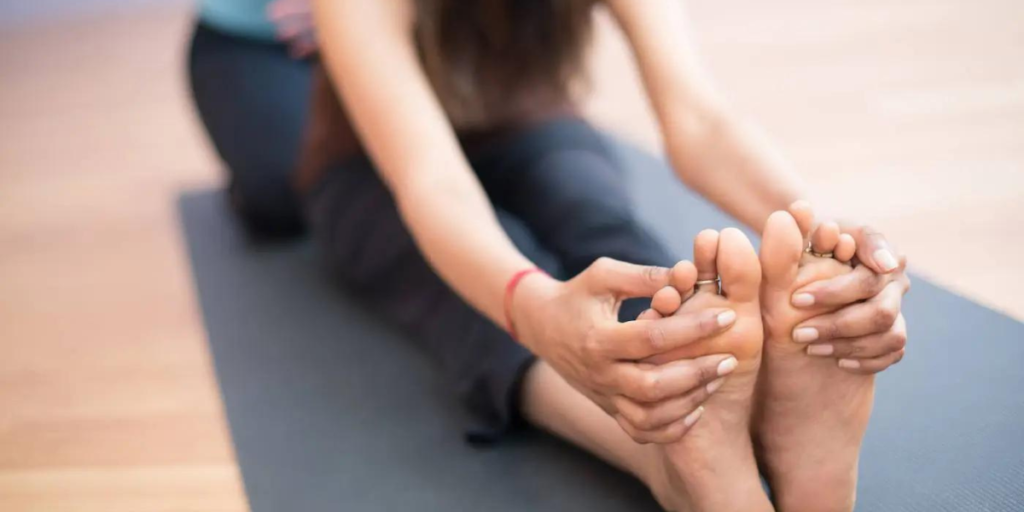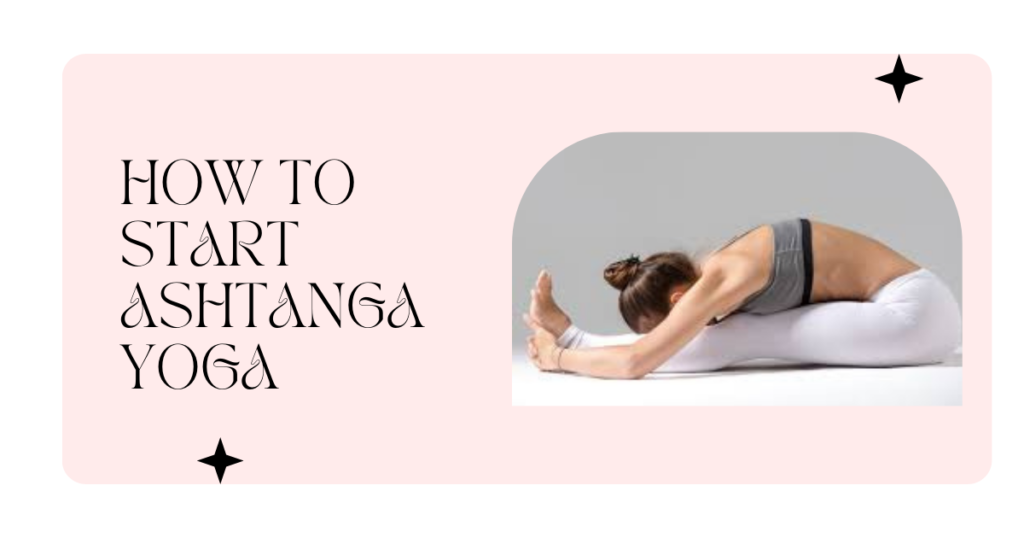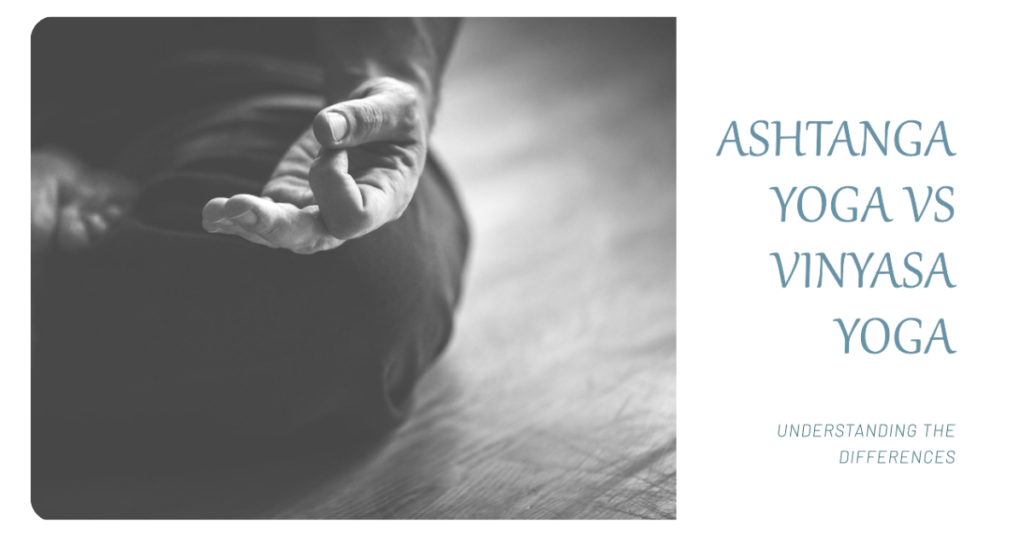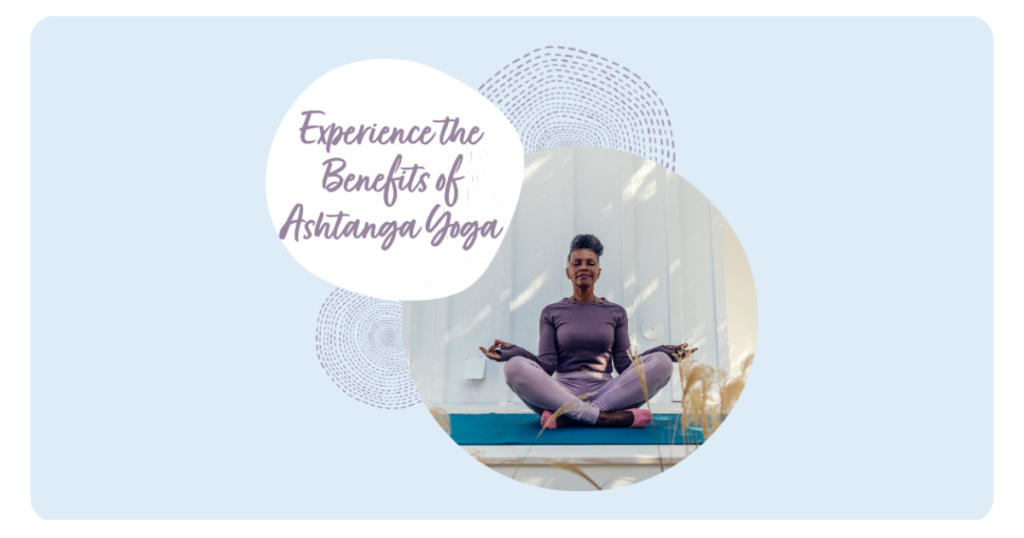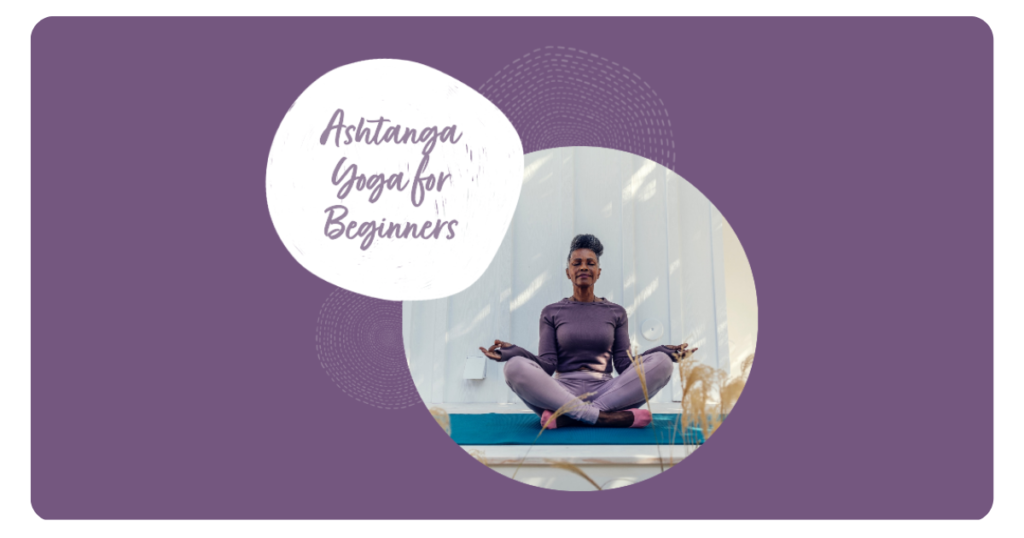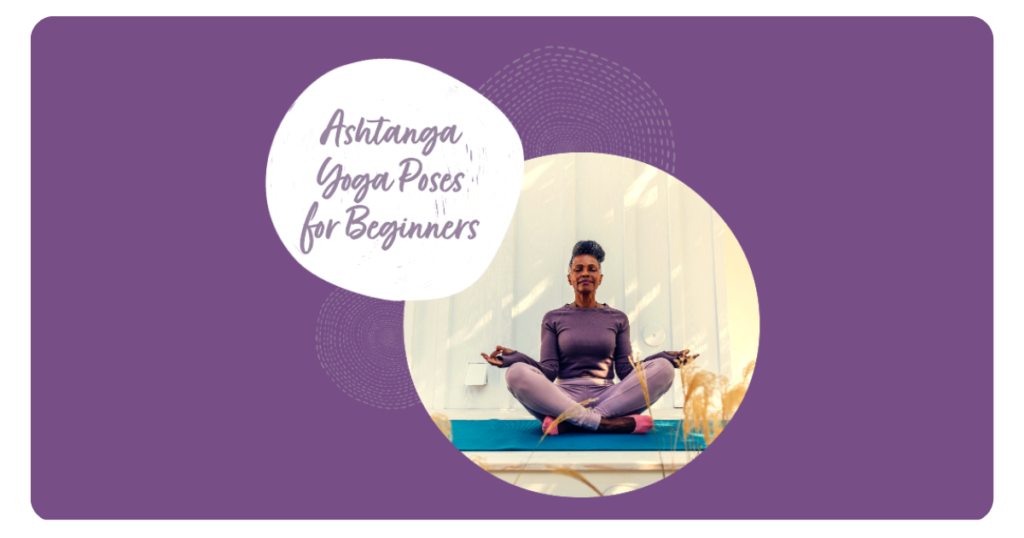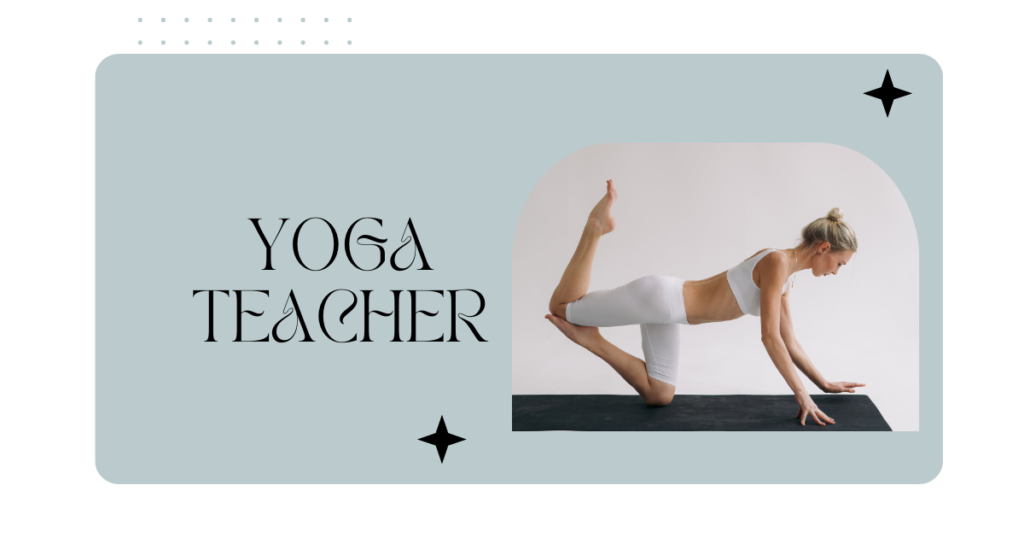
Introduction
Ashtanga yoga is a powerful, transformative practice that combines breath, movement, and focus in a dynamic yet grounded sequence. For many practitioners, the depth and discipline of this lineage awakens not just physical strength and flexibility, but a profound sense of clarity and inner peace. If you’ve experienced the life-changing benefits of Ashtanga yourself, you may feel called to share these teachings with others as a yoga instructor. “how to become an ashtanga yoga teacher“
Becoming an Ashtanga yoga teacher allows you to guide students on their own journeys of self-discovery through this centuries-old tradition. It’s a path of dedication, requiring extensive training and an unwavering commitment to your personal practice. However, the rewards of spreading these profound principles and witnessing their impact can be immensely fulfilling.
As Karen, a seasoned Ashtanga teacher, shares: “Watching my students transform – not just in their asana practice but in their whole being – is the greatest blessing. Becoming an Ashtanga guide allowed me to connect with my true purpose.”
In this comprehensive guide, we’ll explore all the essential steps to becoming a certified Ashtanga yoga instructor. From understanding the prerequisites to choosing the right teacher training program, getting certified, launching your teaching career, and upholding the yogic principles as a guide – we’ll cover it all. Get ready to embark on a transformative adventure.
Table of Contents
What is Ashtanga Yoga?
Before we dive into how to teach this method, let’s quickly revisit what Ashtanga yoga is at its core. Formed by the late Sri K. Pattabhi Jois in Mysore, India, Ashtanga yoga follows a specific sequence of postures (asanas) synced with a breathing technique (vinyasa).
The practice is comprised of six established series of progressively more challenging asanas. Students work through these series in a linear progression under the guidance of a certified instructor. Each posture links to the next through a precise flow of movements unified by the breath.
What sets Ashtanga apart is its rigor, internal heat-building nature (due to the breath and movement synchronization), and roots in the ancient yoga tradition. As a teacher, you’ll be tasked with upholding the integrity of this lineage and its core principles:
Vinyasa – Breath-synchronized movement Tristhana – The three points of attention: posture, breathing system, and looking place Ahimsa – Non-violence and compassion towards all beings Drishti – Guided gazing points to build focus Bandhas – Body locks that seal in energy Drishti – The temporary stilling of the fluctuations of the mind
Ashtanga is often referred to as the “eight-limbed path” as it encompasses ethical disciplines, postures, breath control, sense withdrawal, concentration, meditation, and enlightenment. As a teacher, you’ll aim to embody and transmit these eight limbs.
While the asana practice itself is challenging, humble beginners can build up their skills progressively over years of devoted practice before attempting the most advanced sequences. As a guide, you’ll be tasked with meeting students where they are while upholding the integrity of the lineage.
Prerequisites for Becoming an Ashtanga Teacher
Choosing to teach this centuries-old practice requires far more than just physical mastery of the postures. The role of an Ashtanga yoga instructor demands profound discipline, commitment, and embodiment of the philosophy itself.
Here are some of the key prerequisites you’ll need to cultivate:
Consistent Personal Practice You can’t lead others on a path you haven’t walked yourself. Most teachers recommend a minimum of 4-5 years of consistent Ashtanga yoga practice before even considering teacher training. This immersive experience allows you to fully integrate the breath, vinyasa transitions, and philosophical underpinnings.
Understanding of Ashtanga Philosophy, Etymology, and Traditions
As a teacher, you’ll need a comprehensive grasp of the 8 limbs of yoga, Sanskrit asana names, yogic theories, and scholarly context behind this lineage. Demon-strating this knowledge through applied practice is essential.
Capability in Advanced Postures While you don’t need to be a pretzel, students will expect their Ashtanga guide to have achieved proficiency in more difficult postures like arm balances and inversions. An overall robust level of strength, flexibility, and skill is a must.
Passion and Commitment to the Ashtanga Methodology This tradition is revered for its set sequence, rigor, and life-altering benefits when practiced wholeheartedly. As a teacher, you’ll need to embody the same dedication to upholding these core principles – both on and off the mat.
If you’ve checked all of those boxes, you may be ready to take the next step – pursuing formal Ashtanga yoga teacher training.
Find a Qualified Teacher Training Program
With the foundations laid, your path to becoming an Ashtanga yoga teacher will really launch through an immersive, rigorous, and certified training program. Given the complexity and centuries of tradition behind this practice, taking shortcuts here is ill-advised.
Instead, you’ll want to locate a training course that checks these important boxes:
Qualified and Certified Instructors
Verify that the lead teachers have truly devoted their lives to this practice and tradition. They should have trained extensively under the Ashtanga lineage’s most respected guides and obtained the highest level of certification available.
Comprehensive Curriculum A solid Ashtanga training will include extensive asana clinics with detailed instruction on all postures and transitions. But it should also feature in-depth sessions on philosophy, anatomy, teaching methodology, Sanskit terminology, and more.
Immersive and Hands-On Training
Be wary of online-only courses that lack practicums and observations. Teaching this style requires immense hands-on experience, personalized adjustments, and direct feedback – something that can’t be fully replicated virtually.
Adherence to the Tradition Many programs today offer a diluted or modernized approach to Ashtanga. For teaching this specific style, seek out lineage-based trainings that maintain the utmost adherence to the original teachings and methods established by the founders.
Credible Certification Reputable Ashtanga organizations like KPJAYI, AYRI, and Shakti Yoga certify teachers at different levels (RYT-200, RYT-500 etc). This accreditation lends validity to your training and skills as an instructor.
Some excellent examples of world-renowned Ashtanga yoga teacher training programs include:
Do your research, read reviews, and be willing to travel or invest in the very best training available to you. Afterall, you’ll be passing these sacred teachings along.
What to Expect in Ashtanga Teacher Training
Now that you understand what to look for, let’s preview what an authentic Ashtanga yoga teacher training course will entail. While curriculums vary, most comprehensive programs consist of the following core components:
Asana Labs and Refinement The majority of your training will focus on an advanced-level examination of the entire Ashtanga asana system. You’ll practice and refine everything from Sun Salutations to the most complex arm balances and inversions with the guidance of expert instructors.
Anatomy and Physiology To teach smart, safe sequencing and coherent alignment cues, you’ll need a thorough understanding of the body’s anatomy, muscular systems, and movement principles as they apply specifically to Ashtanga yoga.
Teaching Methodologies and Observations Here’s where you’ll learn effective coaching techniques to properly observe, adjust, and offer modifications for students. Expect to take part in “practice teaching” exercises to hone your instruction abilities.
Philosophy and Lineage Lessons Ashtanga training isn’t just about the asanas. You’ll also do a deep study into yoga philosophy, history of the lineage, Sanskrit terminology, ethical principles, and other theoretical foundations.
Practicum Hours and Testing No amount of book learning can replace applied, in-the-studio training. You’ll need to log a set number of practice teaching hours, receive evaluations, and potentially pass exams to get certified.
Most importantly, be prepared for an intensive, all-consuming experience during training. Many schools follow the traditional Ashtanga method of “Mysore-style” which means multiple hours per day of self-guided solo practice with personalized adjustments from instructors in the room.
The mental, physical, and philosophical rigor is tremendously challenging – but at the same time, transformative in a way that fundamentally alters your relationship to this sacred practice.
Getting Certified as an Ashtanga Yoga Teacher
While training programs come in different hour lengths like 200-hour or 500-hour courses, the ultimate goal is to get officially certified to teach this very specific Ashtanga methodology. Recognized certifications lend credibility and ensure you’ve met rigorous standards in upholding the tradition.
So what are the main credentials to aim for?
Yoga Alliance RYT Certification A widely accepted baseline, the Registered Yoga Teacher (RYT) certification from Yoga Alliance is offered at the 200-hour and 500-hour levels. The 500-hour designation denotes advanced training more aligned with Ashtanga’s depth.
KPJAYI Authorization The Ashtanga lineage’s highest certification comes directly from the K. Pattabhi Jois Ashtanga Yoga Institute (KPJAYI) in Mysore, India. Getting “certified” or “authorized” at different levels by KPJAYI indicates your training meets the sanctioned standards.
AYRI Accreditation The Ashtanga Yoga Research Institute (AYRI) is another tradition-aligned certifying body that provides reputable credentials for teachers at various levels.
These types of certifications don’t just verify your competency – they signify your dedication to upholding the integrity of the Ashtanga lineage precisely as it was passed down. Committing to ongoing education and potential renewals is also important for Ashtanga teachers.
Launching Your Ashtanga Teaching Career
With your robust training and certifications complete, you’re now ready to share the life-changing gifts of Ashtanga yoga with students around the world. However, successfully launching an Ashtanga teaching career requires some strategic steps:
Build Teaching Experience Be proactive about accumulating hands-on teaching hours right away. Offer to assist instructors at your studio, subclasses, or start a small group/private lessons. This allows you to practice cueing, make adjustments, and develop a teaching style.
Craft Your Resume/Portfolio Create a strong resume highlighting your certifications, experience, and specialties as an Ashtanga teacher. Have a professional headshot and put together a portfolio website/videos to showcase your skills.
Explore Job Opportunities With your credentials in hand, research potential job openings at studios, gyms, ashrams, or community centers. Network within the Ashtanga community and follow spots where you could be a great fit.
Teach Private/Small Group Classes Hang a shingle for personalized Ashtanga instruction. Teaching privates or small groups allows you to start developing a following. Market via community boards, social media, etc.
Assist Established Teachers See if you can apprentice under respected Ashtanga teachers, assisting to gain more experience before going solo. This allows you to absorb precious knowledge.
Embrace Opportunities to Travel Because Ashtanga is revered globally, opportunities may arise to lead workshops, intensives, or retreats in exciting destinations. Be open to travel!
No matter which specific avenues you pursue, continuously work on honing your teaching voice and style. Identify ways you can make these ancient practices accessible yet preserved.
Committing to the Ashtanga Yoga Teaching Path
By deciding to teach this profound practice, you’re taking an essential role in the diffusion of Ashtanga wisdom to generations of students. However, guiding others on this transformative path requires a steadfast commitment beyond just showing up on the mat.
As an Ashtanga yoga teacher, you must hold these responsibilities sacrosanct:
Living by Yogic Principles
From ahimsa (non-violence) to aparigraha (non-possessiveness), the yamas and niyamas must be your unwavering ethical bedrock as an example to students. Upholding yogic values radiates integrity.
Continuing Self-Practice Never stop being a dedicated student yourself. An Ashtanga instructor’s personal practice is the source from which all teachings flow. As the sage Pattabhi Jois said, “Practice and all is coming.”
Consistent Learning
Stay humble by always trying to augment your knowledge through continuing education, satsangs, ancient texts, assisting elders, and more. Embody the essence of “Sv? dhyaya” – self-study.
Upholding the Lineage’s Sanctity You are a vital link in the unbroken chain passing down authentic Ashtanga wisdom. Have reverence for its roots, prescribed methods, and principles rather than modernization.
Spreading the Ashtanga Community A big part of this role is fostering the Ashtanga community through events, immersions, mentorship of new teachers, and overall solidarity. You’re an ambassador strengthening this global tribe.
Paying it Forward Finally, take inspiration from those who bestowed this rich tradition onto you. Guide students with compassion, dedicate yourself to seva (service), and uplift the light of Ashtanga.
By embodying these practices, you become a true steward and keeper of the sacred Ashtanga yoga system – profoundly transforming lives while elevating this centuries-old gift. ||what is the difference between ashtanga and vinyasa yoga||
Conclusion
The path to becoming an Ashtanga yoga instructor is one of tremendous discipline, unwavering commitment, and reverence for an ancient lineage. From building a consistent practice to pursuing top-level training, every step demands full devotion.
Yet for those who answer this call, the rewards of guiding students through Ashtanga’s brilliant system are beyond measure. As a teacher, you become a conduit for profound personal awakenings, healing, and self-mastery.
If you’ve been deeply impacted and transformed by this practice yourself, consider taking the plunge to uphold these teachings for future generations. The world needs more ambassadors to embody the ethics and essence of Ashtanga yoga through skilled, passionate instruction.
Start exploring reputable teacher training programs today. Immerse yourself in this sanctified tradition under the guidance of realized gurus. Be prepared for the intense internal fire of self-study and refinement every step of the way.
Then go forth confidently to manifest your highest calling – as not just a yoga teacher, but a true light illuminating the Ashtanga path for humanity. The journey starts now, and will unshuffle every dimension of your being.



